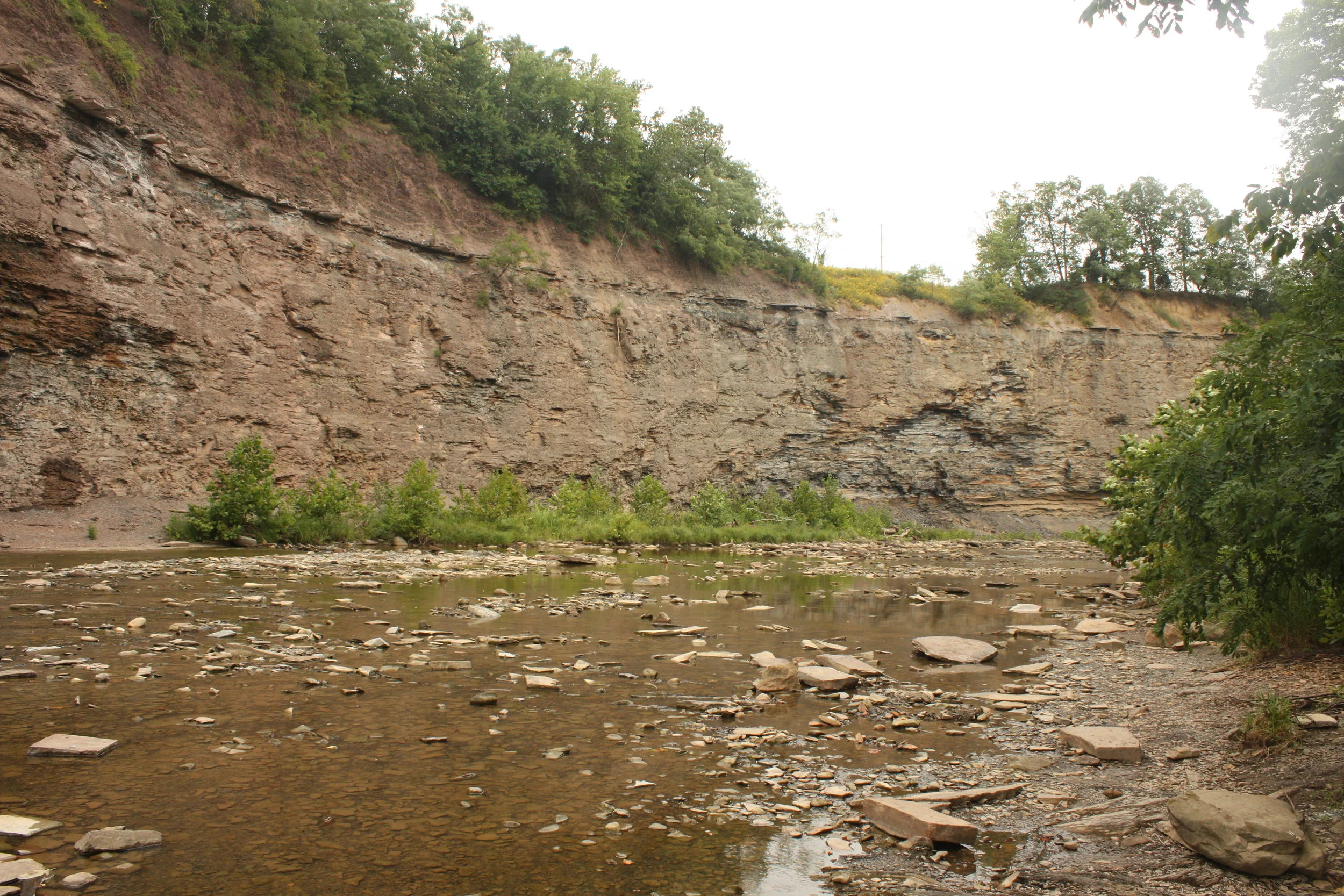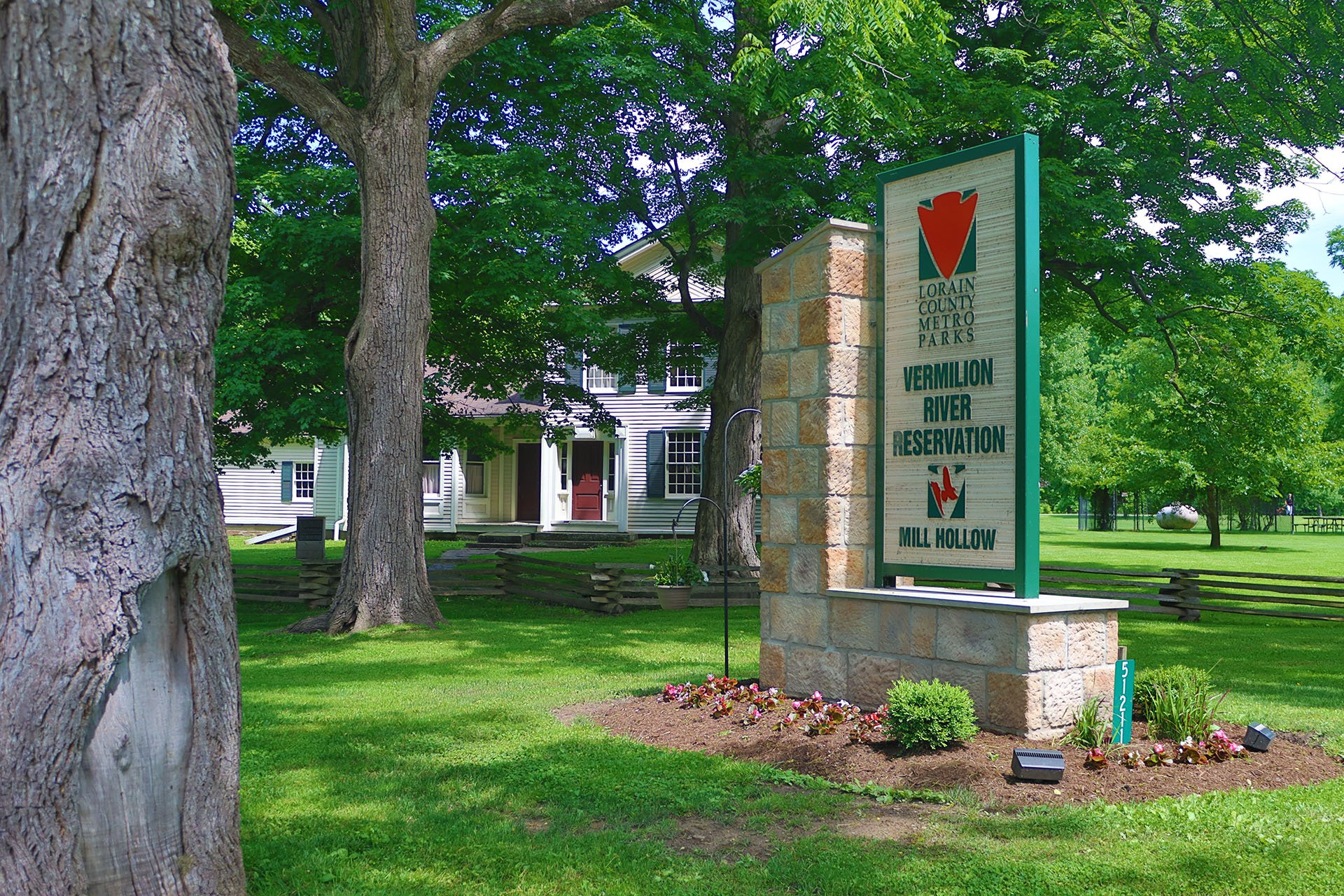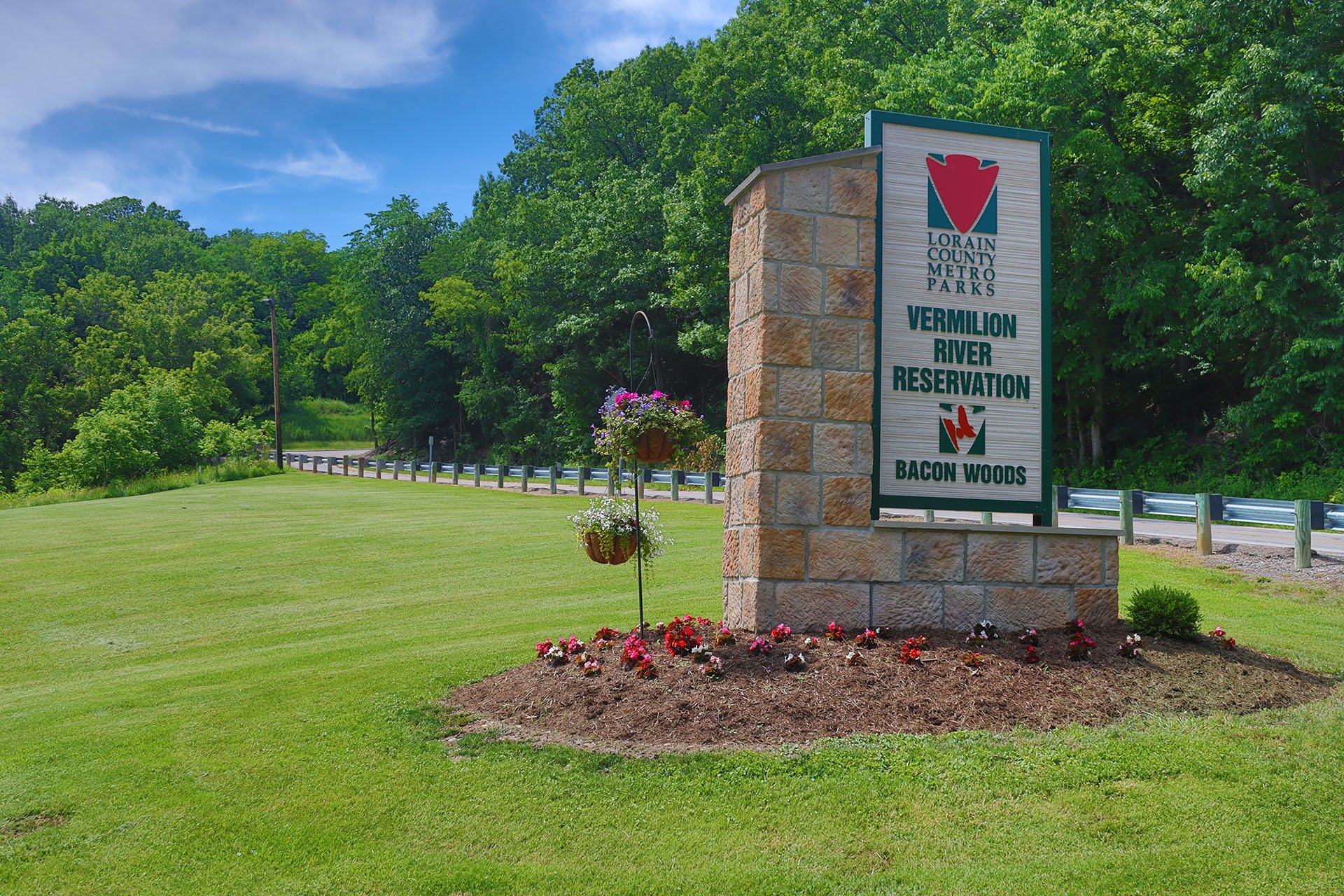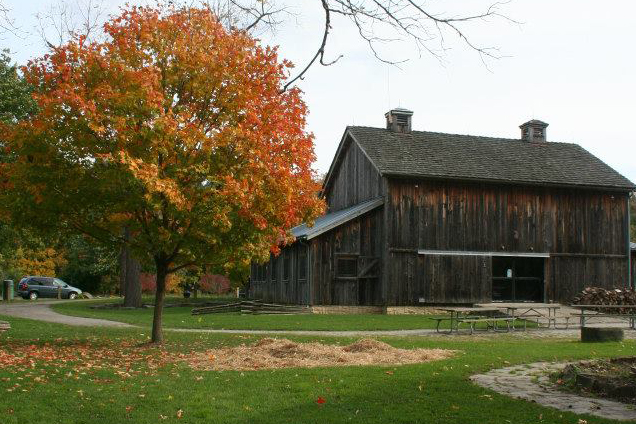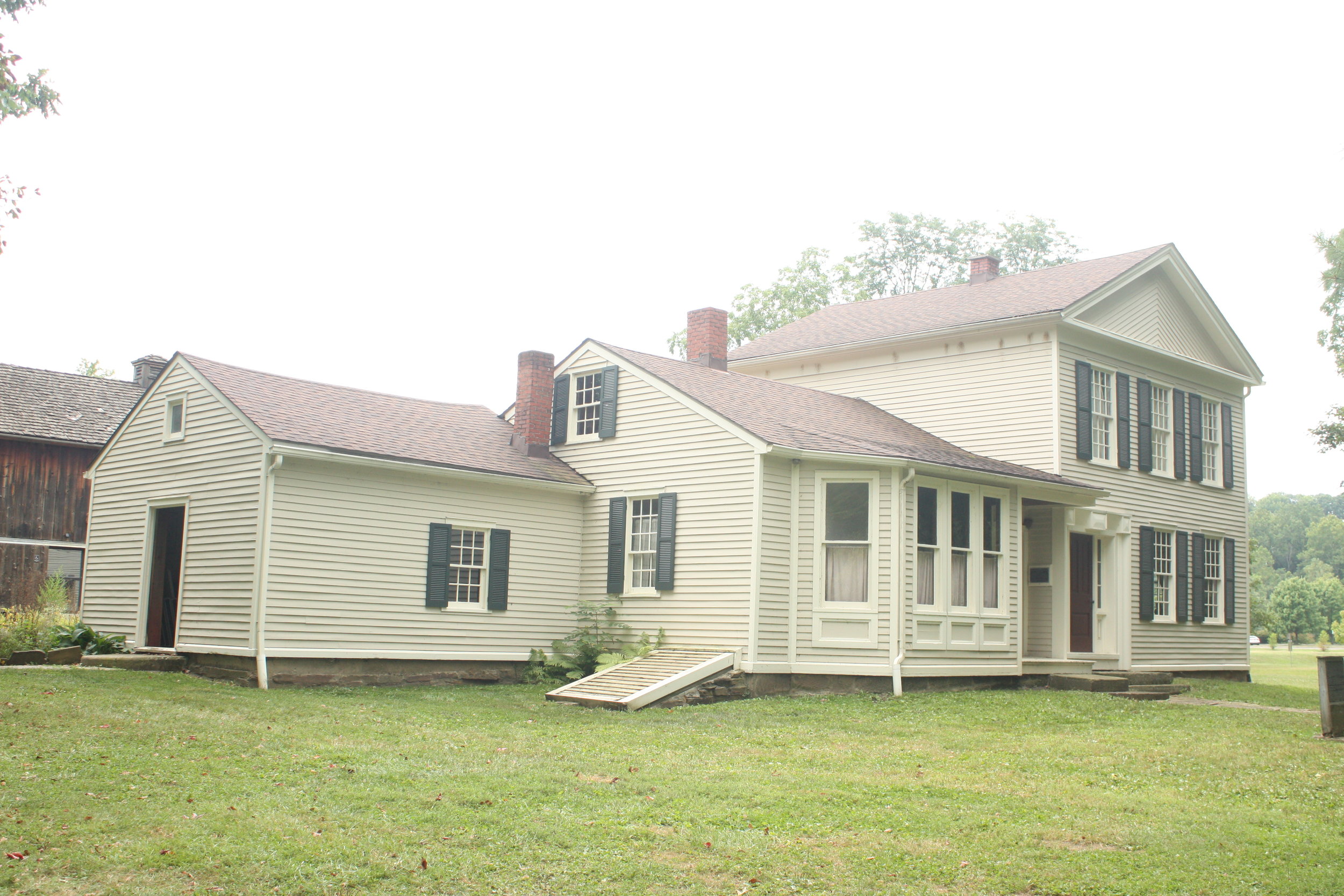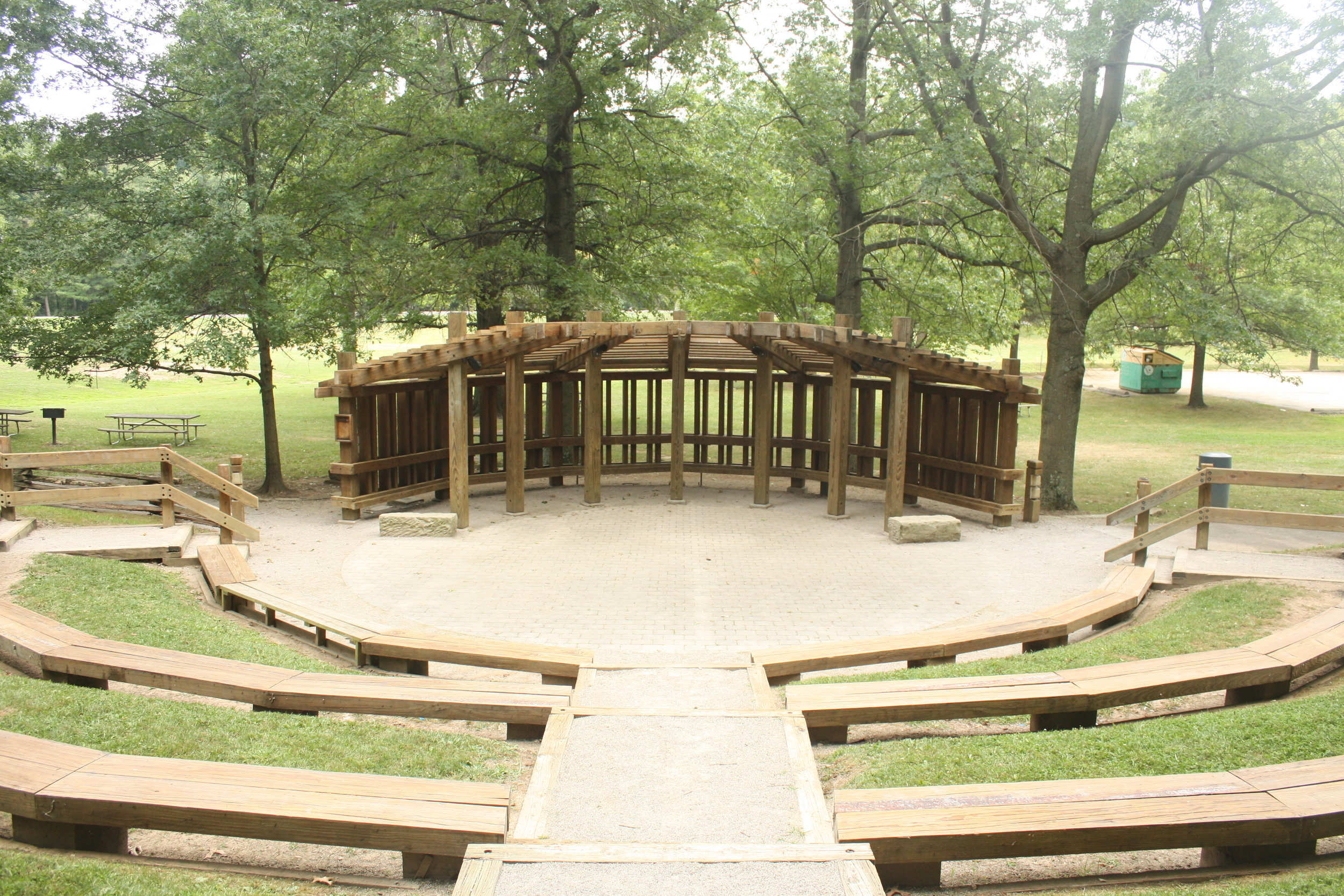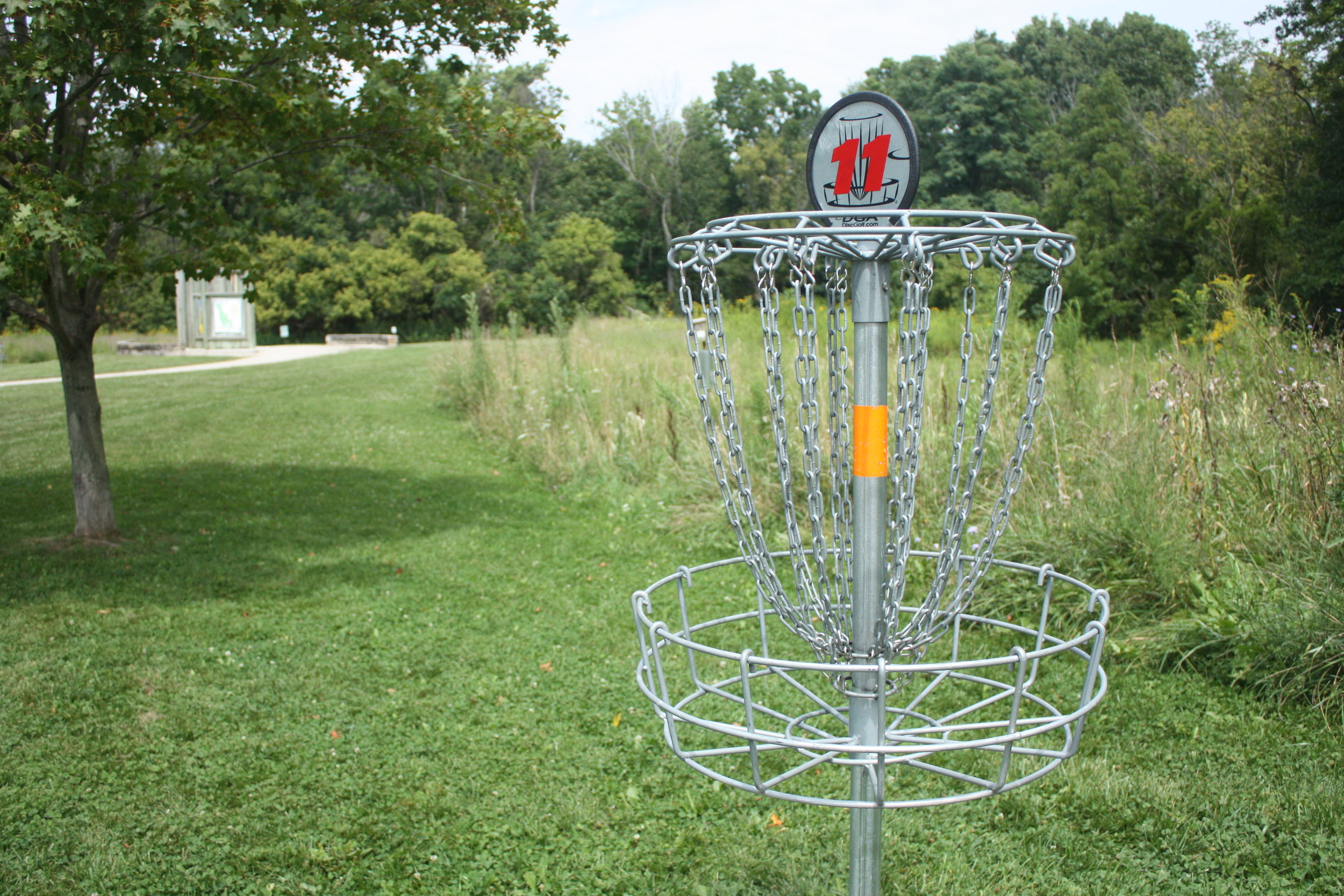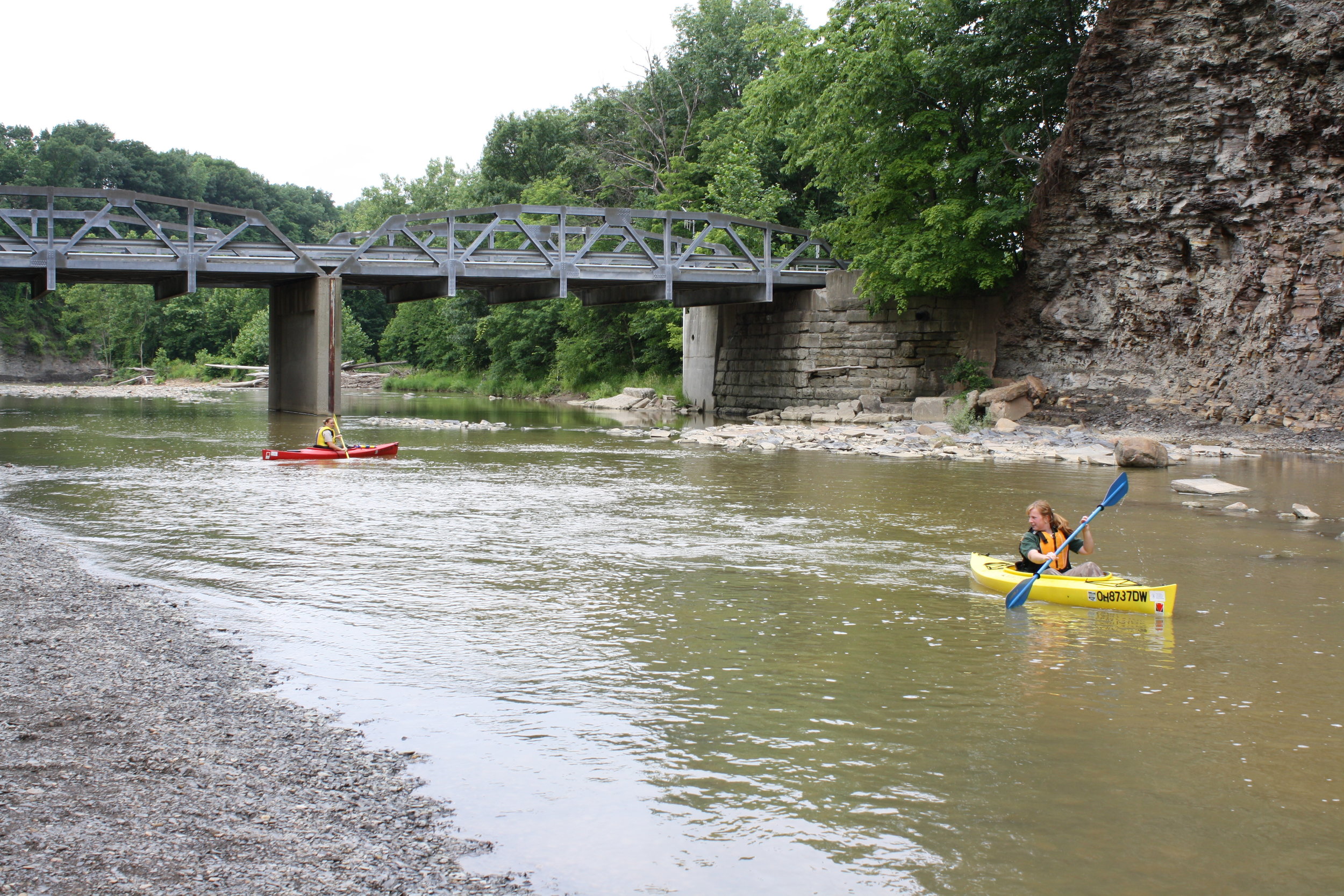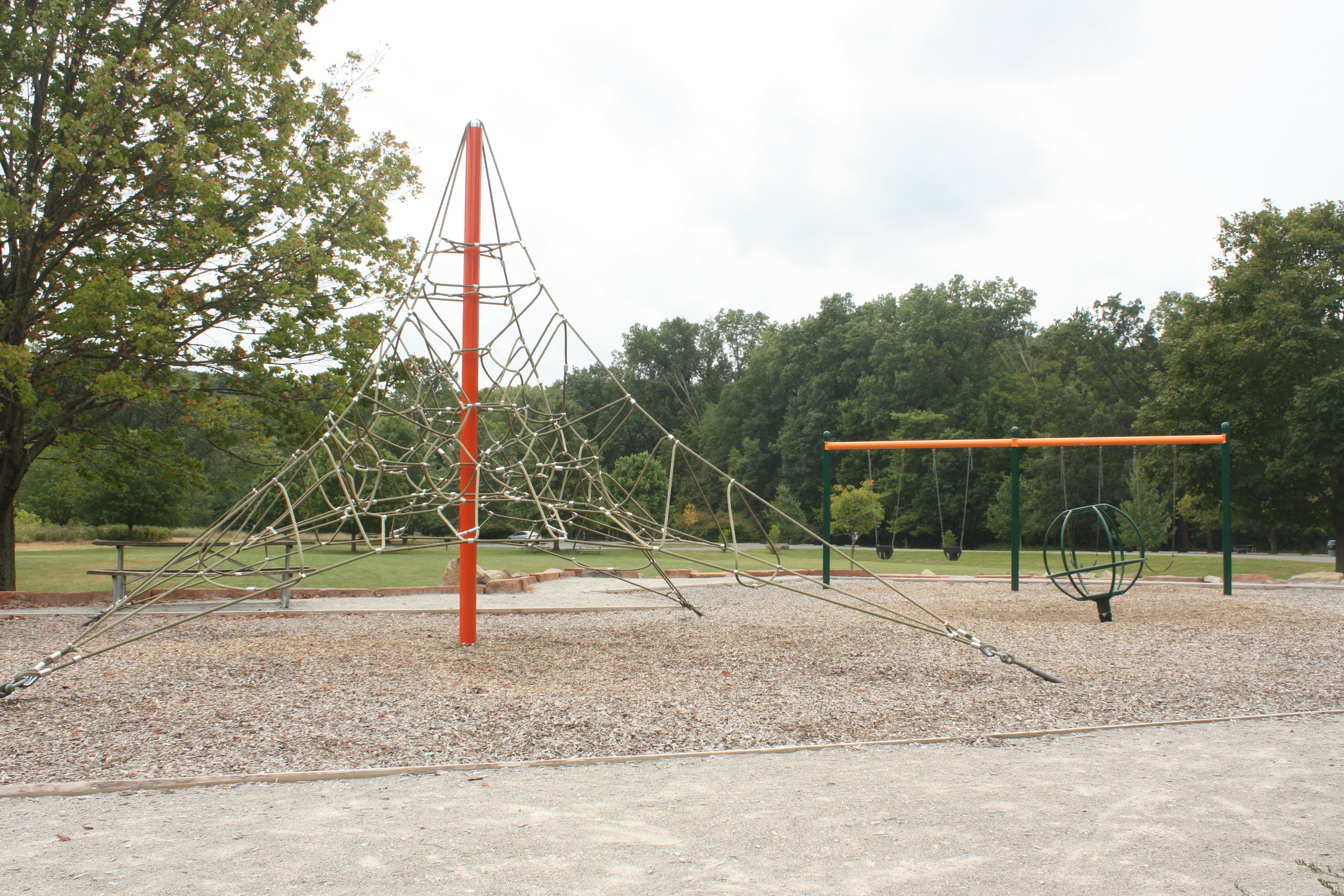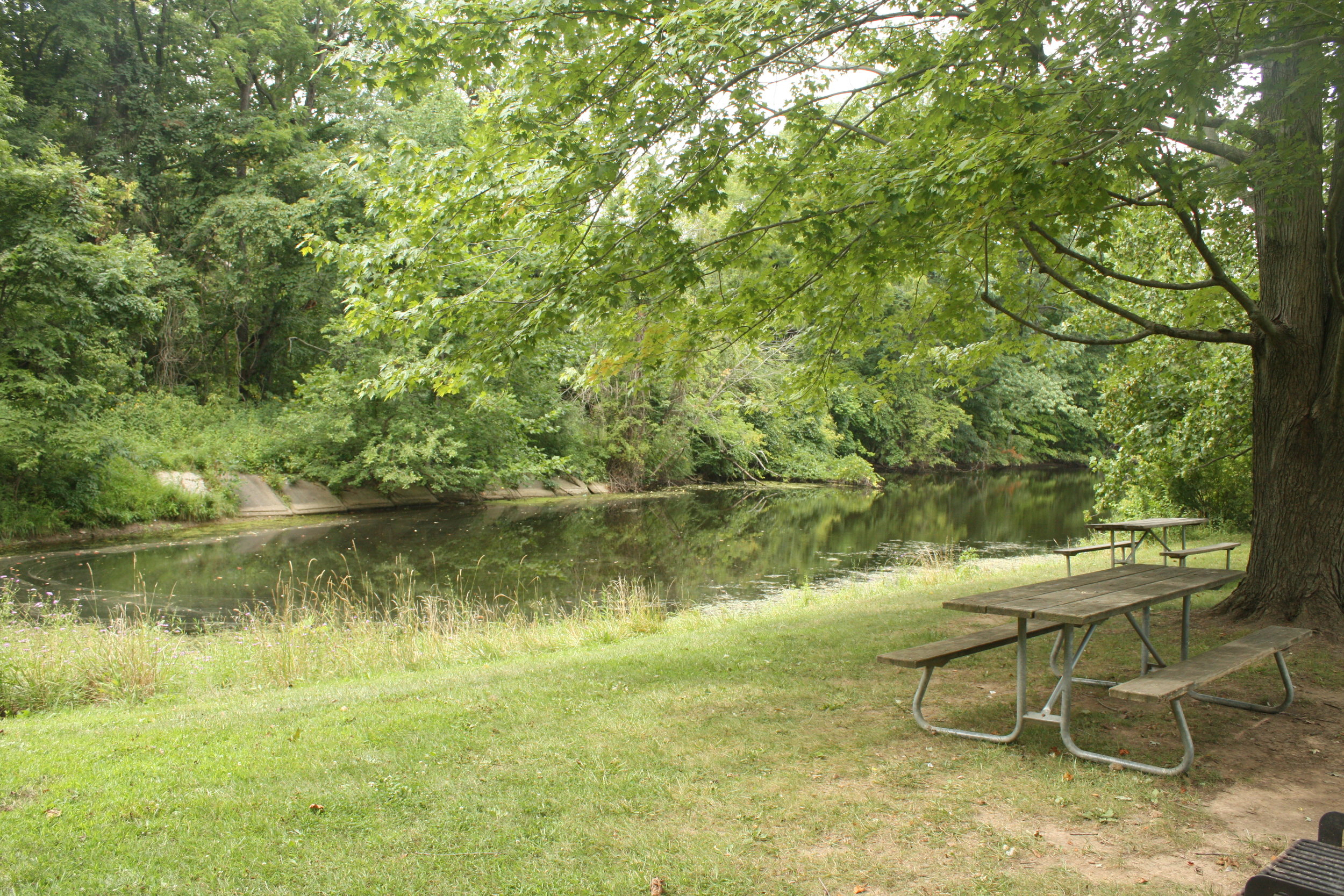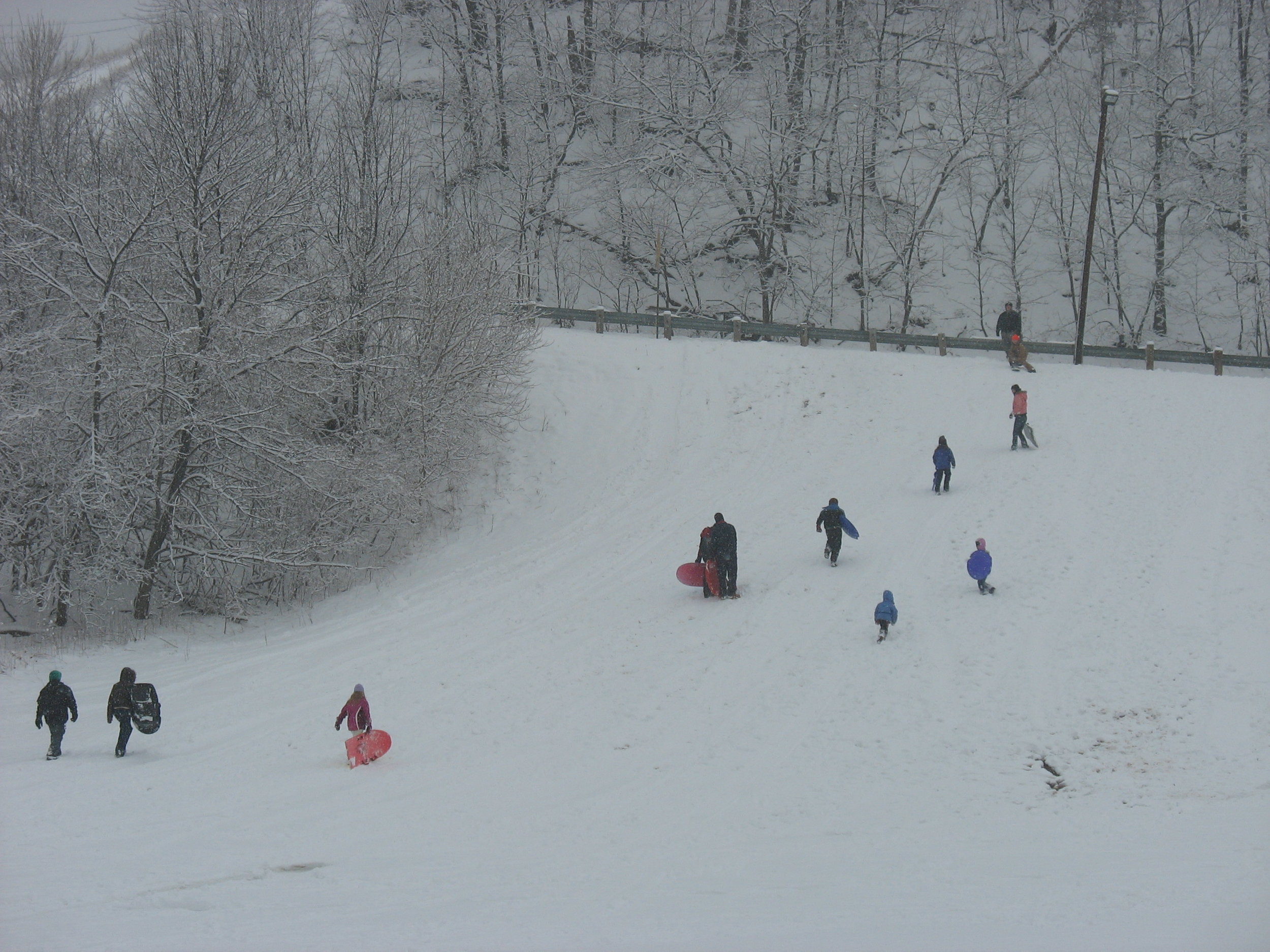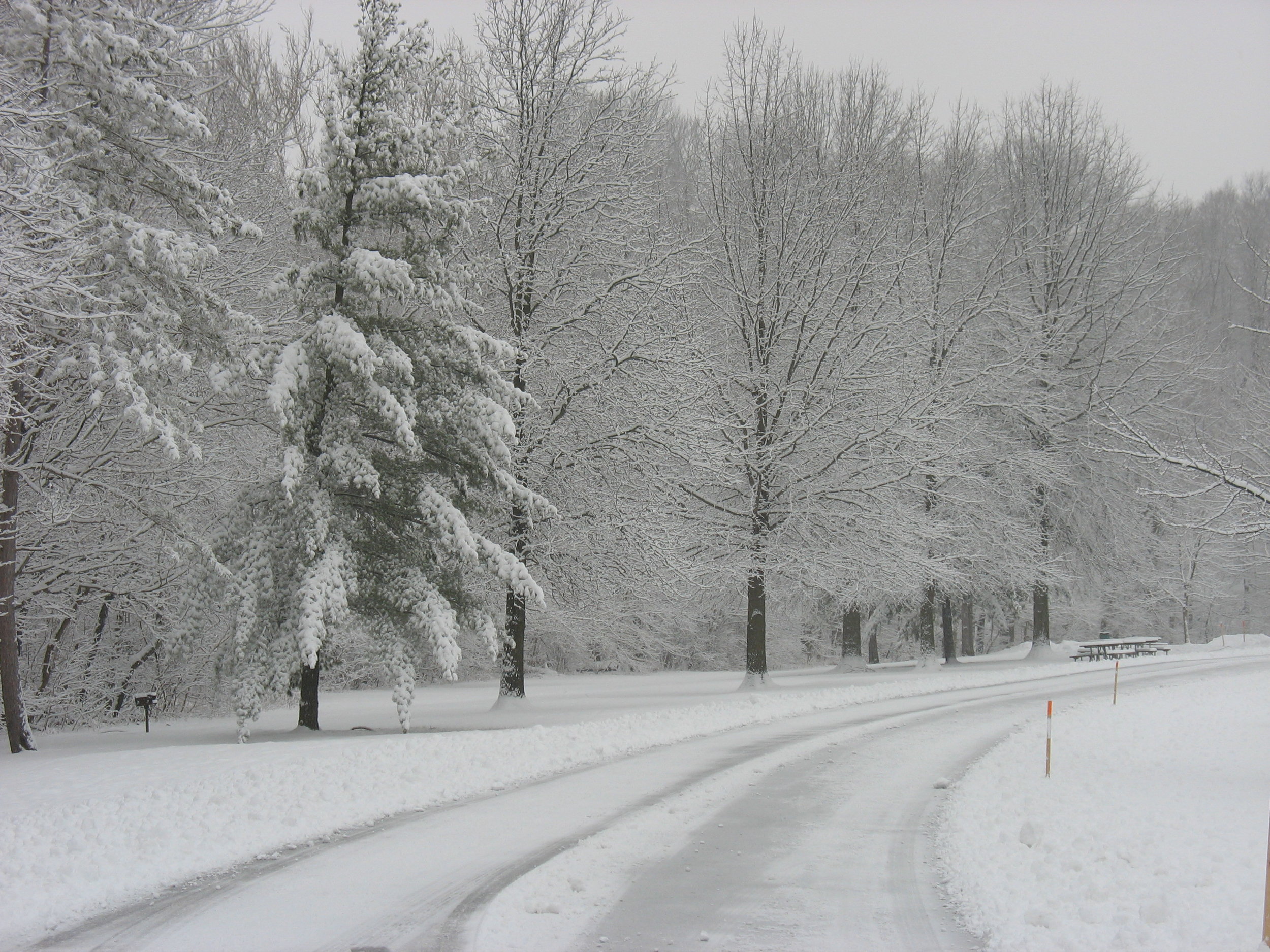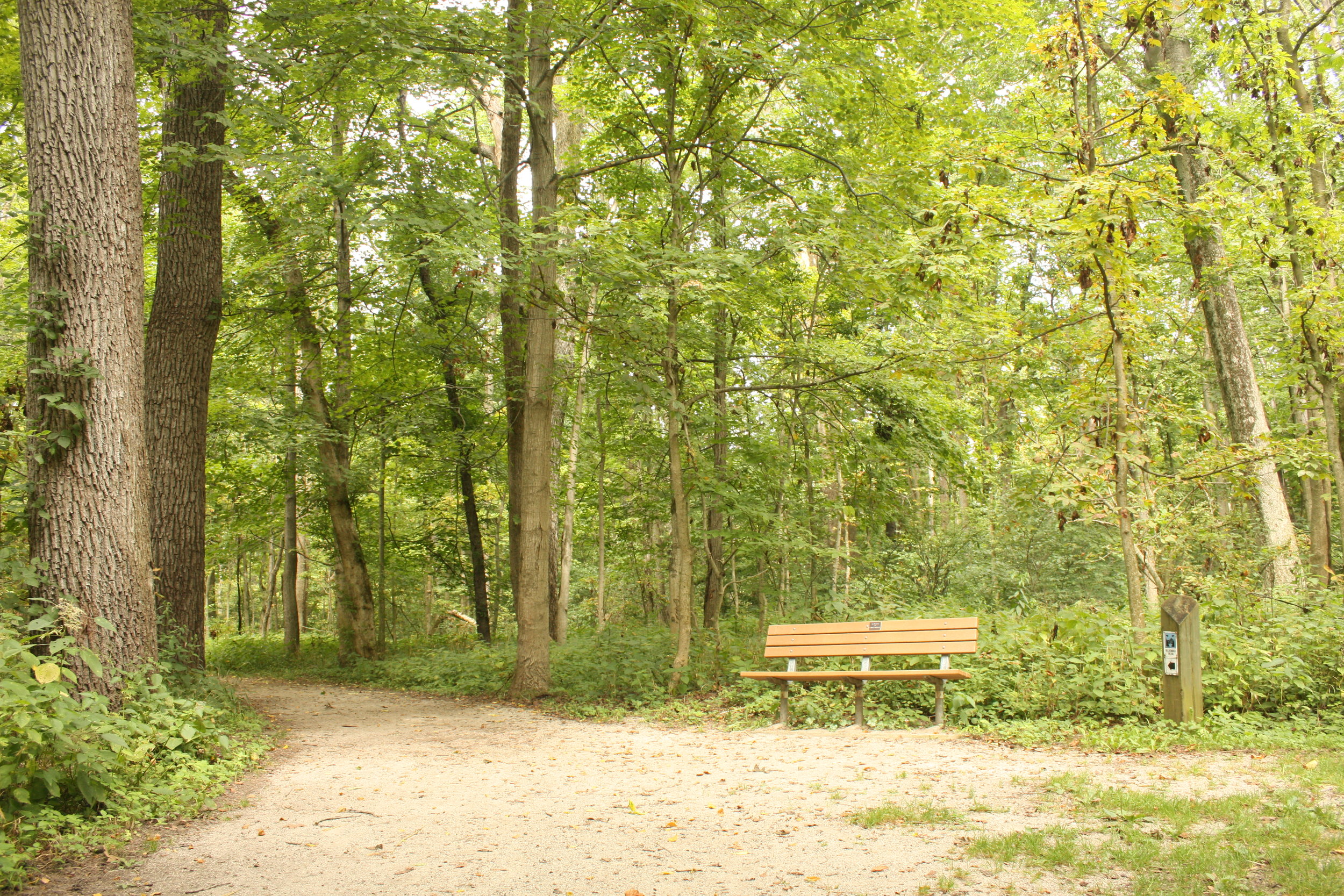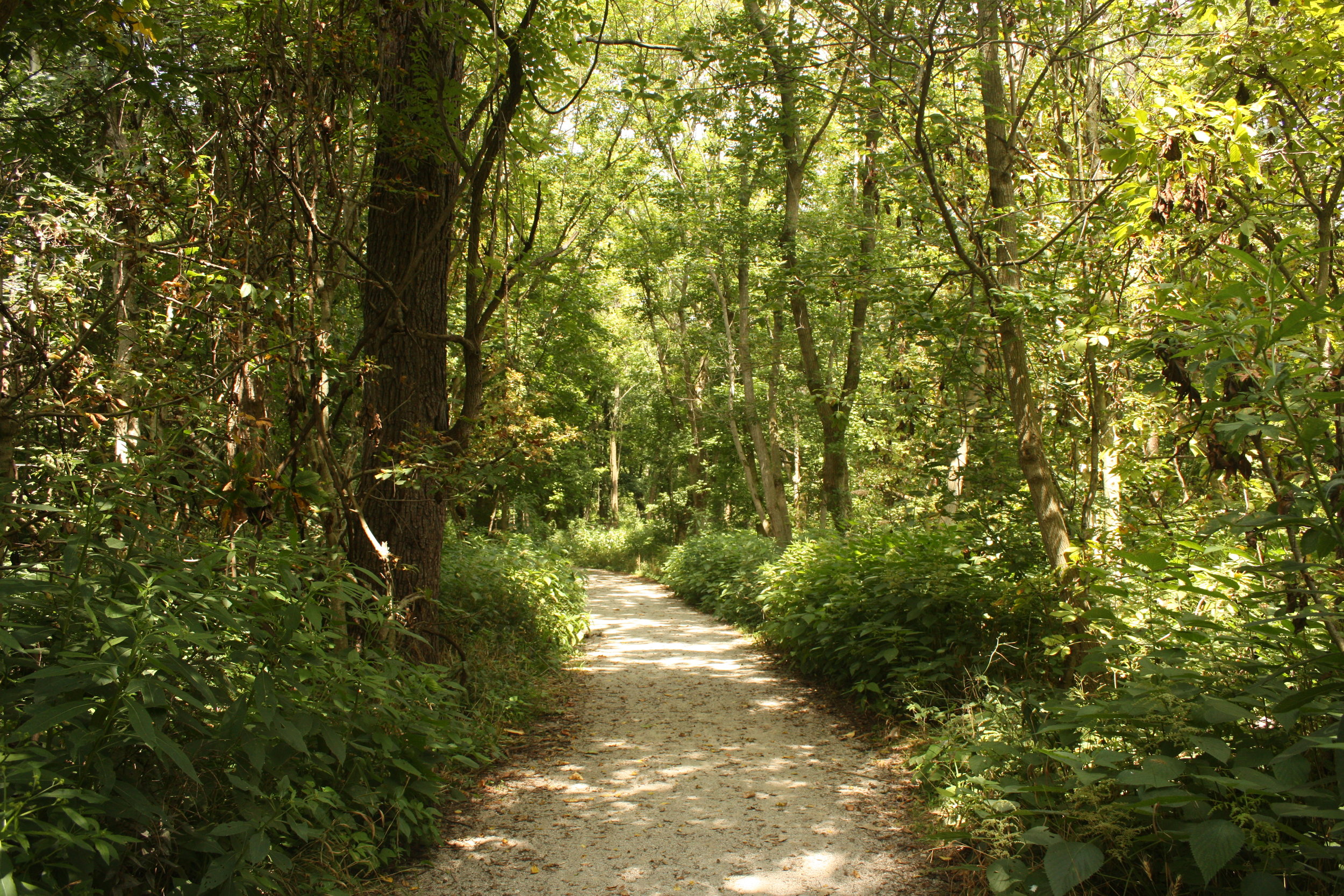Hours:
Park: 8 a.m.-Sunset (?), Daily | Visitor Center: 10 a.m.-4:30 p.m., Daily
Spanning two adjacent areas separated by the Vermilion River—Mill Hollow on one side and Bacon Woods on the other—this park is great for family picnics, and nature lovers. Mill Hollow opened in 1960, and became the very first Lorain County Metro Park and is still a favorite among Lorain County residents today as it is one of the most visited parks in the district.
HIGHLIGHTS
Picnicker's Paradise
Carriage Barn
If you're looking to picnic in a beautiful place with plenty of activities for both adults and children, this is an ideal place to come. The Vermilion River Reservation draws over 230,000 people a year—making it one of the most popular picnic areas in the Lorain County Metro Parks system. It's not surprising considering the spotless maintenance, plenty of open space, over 3 miles of wooded trails, two playgrounds and two ponds that attract visiting waterfowl year-round.
The Carriage Barn and Museum
Surrounded by tall trees and a split-rail fence, you can't miss the picturesque Benjamin Bacon Museum and Carriage Barn at Mill Hollow. During museum hours you can walk through the original settler Benjamin Bacon's house, built in 1845. The museum features themes of daily living with an emphasis on the community life in Brownhelm, including the profound effect the railroad had on the economy and people's lives.
Next to the Benjamin Bacon Museum, the Carriage Barn offers visitors information about the park and hosts nature programs throughout the year. The rustic meeting room can be reserved for groups (click here for details) and includes a kitchen and large fireplace.
Disc Golf
The Bacon Woods area of Vermilion River Reservation is home to a Disc Golf course open to the public. This beautiful 12-hole course takes full advantage of the open meadows of the park. Spanning open fields, along ponds and through tall grass, players can enjoy a wide array of scenic and challenging terrain. The Carriage Barn provides a course map as well as a fill-in scorecard.
Vermilion–Lorain Water Trail
Annual Summer Concert Series at the Bacon Woods Amphitheater
Vermilion River Reservation is part of the Vermilion-Lorain Water Trail that runs from Vermilion River Reservation to Black River Reservation. There are several access points along both the Vermilion and Black Rivers as well as along the lakeshore. Click here for more information.
Special Events
From nature hikes, educational programs, and historical tours of the Benjamin Bacon House Museum to events involving family-friendly activities, music, food, and craft vendors, Vermilion River Reservation offers a wide variety of programs and seasonal events -for all ages- throughout the year. Check the What’s Happening page regularly for upcoming programs, tours, events, and summer concerts at Vermilion River Reservation.
Shale cliffs
NATURAL HISTORY
A Valley Carved by the Vermilion River
The most striking feature of this reservation is the winding ribbon of shale cliffs carved by the Vermilion River. Millions of years old, these cliffs reveal layers of the past and drop bits of sandstone, shale and turtle rock along the riverbed.
The Vermilion River has no industry along its banks, making it especially rich in wildlife. Aquatic life includes freshwater clams and several species of darters (small fish that feed along the bottom of the river) that turn brilliant colors during the mating season. Some insect species include mayflies, cadis flies and water pennies (beetle larvae that lie flat against a rock surface and look like pennies.)
Fishermen will find rock bass, small mouth bass and steelhead trout in the river, and catfish, crappie and bass in the ponds.
An Eagle Almost Daily
The Vermilion River Reservation is known as a habitat for bald eagles and several other wildlife. These magnificent creatures can be seen almost daily at Mill Hollow, perched in one of the tall trees near the center of the park. Local wildlife sightings include Great Blue Heron, Greenback Heron and various geese and ducks.
Wildflower lovers come from all over in spring and early summer to see the color and variety of these indigenous species which include Dutchman's Breeches, Bloodroot and Virginia Bluebell along with an extensive list of other species found throughout northeast Ohio.
HISTORY
Benjamin Bacon Settles in Brownhelm
Benjamin Bacon
In 1817, Benjamin Bacon settled with his family along the top of the cliffs overlooking an oxbow in the Vermilion River that would eventually be called Mill Hollow. Soon afterwards, and at an early age, Benjamin was elected to the prestigious position of Justice of the Peace, and in 1824 was selected as one of the first commissioners for Lorain County. In 1835 he purchased an interest in a saw and grist mill that had been relocated to the oxbow in the river. A mill race was cut across the oxbow to increase the water power that turned the mill’s large water wheel. The mills were very successful and by 1845 had provided Benjamin the means to build a nice house across the road. When he died in 1868 at the age of 78, the house and mills were sold to John Heymann, a German immigrant new to the area.
Frederick Buys His Father's House
Fredrick and Abigail Bacon
Frederick Bacon was born in 1840, the youngest son of Benjamin and Anna, Benjamin’s third wife. In 1860, he enlisted in the Union army and fought in the Civil War for four years, after which he returned home to his wife Abigail (formerly Abigail Wells) and started a family in Brownhelm.
In 1879, John Heymann sold the mills to Frederick Bacon. They’d been modernized with steam power after a fire destroyed them in October of 1876 which started after the close of business. Frederick now not only owned the mills, but also owned land in Geauga county and coal fields in Iowa. This diversity was very fortunate because with the advent of the railroad, fewer farmers needed to mill their grain locally and many local residents weren’t even farmers, but rather worked at the sandstone quarries instead. By 1901, the mills were no longer profitable and had to be sold and dismantled.
The First Park in Lorain County Metro Parks
Frederick and Abigail had nine children, seven of whom never married. After Frederick’s death in 1901, his children continued to farm the river valley. By the late 1920’s, only Sarah and Charles remained, and the house was rented to several people for decades until Charles’ death in 1957. Dorothy Bacon DeMuth, a distant cousin, inherited the property and donated it to the newly formed Lorain County Metro Parks. The Vermilion River Reservation became the first park in the Lorain County Metro Parks. The Bacon House was opened as a house museum in 1962 with the help of the Lorain County Historical Society. Today, the house is open on certain days throughout the year (check your Arrowhead newsletter for specific dates and times), and can be scheduled for private tours throughout the year by calling (440) 967-7310.
Hours
8 a.m.-Sunset
Daily
Contact
(440) 967-7310
*For shelter, amphitheater and room rentals, please contact the administrative offices at (440) 458-5121*


